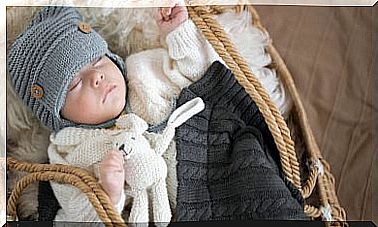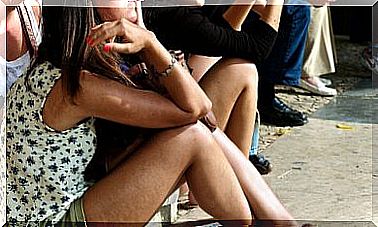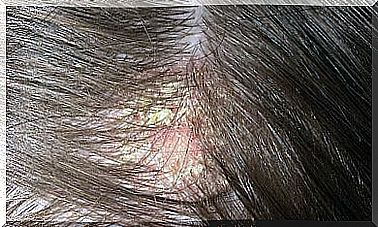Why Do Babies Stare At Something?
Babies stare at something to get to know it. It is the plasticity of your memory that is working to later incorporate that information.
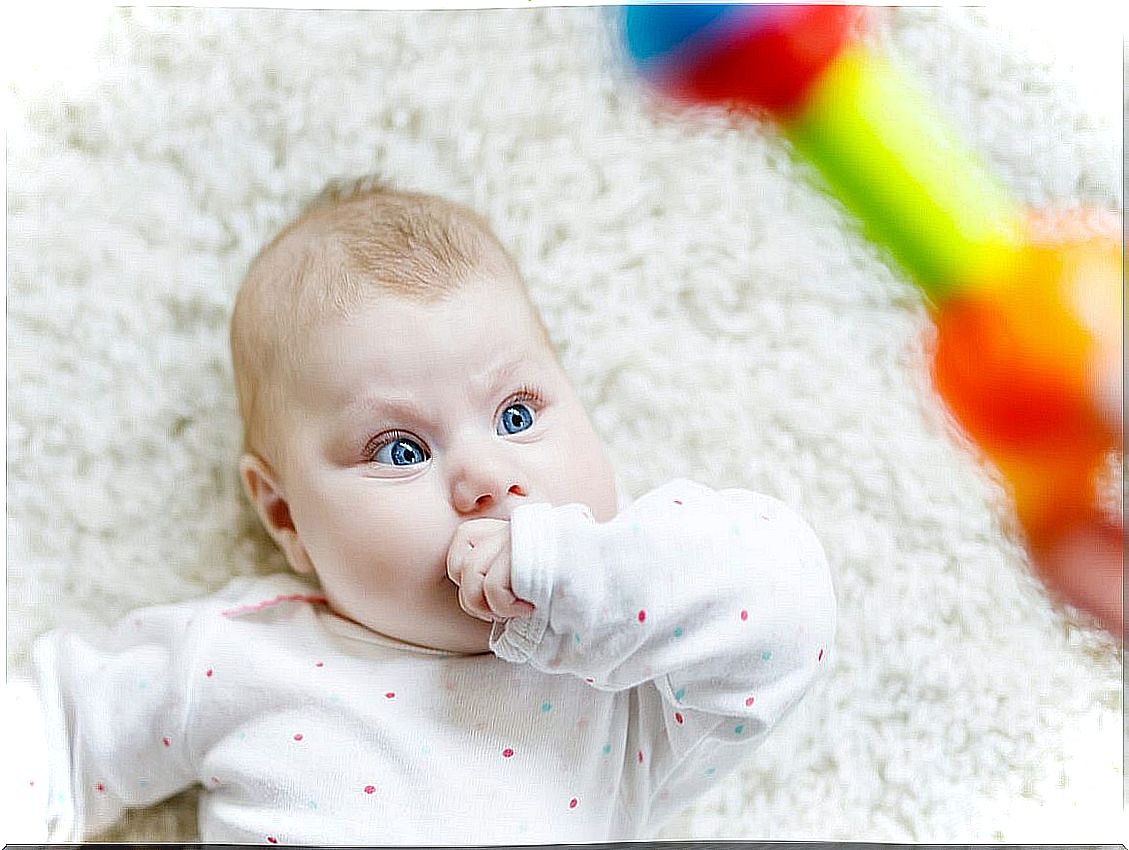
The world for newborns is new and enters through all your senses. Babies stare at something because it moves, because it dances, because it shines and changes before their eyes. They pursue it with their eyes until a new glittering object appears and, although common for us, for them it is fascinating.
A shadow or a light crosses before his diligent gaze and it is just there they fix their eyes without blinking. We have been incorporating all the sensations in a very wide repertoire, so that nothing seems to surprise us anymore. Everything is familiar and common to us. But for babies the colorful mobile attached to their crib is a universe .
We say that babies are like sponges . And yes, they are absorbing reality and making connections. Innumerable sensations are shaping their emotional, bodily and motor responses with which, from birth, they interact. The “Practical Guide for Parents” of the Spanish Association of Pediatrics can be useful in this stage of intense learning .
How does a baby’s sight develop?
Babies’ brains have a huge plasticity . The ability of nerve cells to adapt to your surroundings . Connecting to other neurons, it knows it n and recognize n sensorially without appealing to the use of words.
Babies are born with an enormous capacity to learn . The maturation of sight goes hand in hand with motor skills and neurological development. In the first three 3 babies look for, fixate and follow lights or objects that enter their visual field.
From the third to the fifth month the hands are seen, they play with them and with toys around them. From the ninth month to the year they touch objects that they recognize and play with them. The retina matures between 6 and 11 months of age. And from 3 to 6 years, visual capacity matures.

Reasons why the baby may stare at something or someone
Babies stare at something, drawn to it. movement. The neuronal dynamism of the child is only comparable to the plasticity of the world that is presented before his eyes.
Objects move
L or attractive is to present before his eyes objects moving . Hence, mobile phones are among the main accessories recommended to stimulate.
Let’s try that the objects that we place in front of them And near I know slip cen in the air describing a semicircle, but not quickly . The idea is to achieve hook your gaze contributing to ocular motility , fundamental in the development of sight.
Things shone to it did not light up to n
The spotlights attract the eyes of babies, but also their effect: shadows. Regular contour and silhouette shapes are given the attention fixed without causing discomfort or irritation.
They love details, which they scrutinize with interest also feeling with their hands and fingers. Daddy’s beard and mustache make him very curious.
L and attract colors
Vivid colors and contrasts black and white seduce babies’ eyes. But let’s not abuse l to overstimulation, because I know exhausts n .
This they warn us by changing sharply the direction of the gaze, trying to to rest. Soft music in the room it can accompany the synesthesia of colors, textures and shapes.
When objects and faces have harmonic features
Babies are said to stare at beautiful faces, but let’s not forget what they do not know the concept of beauty accepted by society. So that, we conclude in this regard, they are attracted by soft and harmonic shapes, rounded and not abrupt, serene and full.
Familiar and familiar faces, in which you recognize yourself, make you feel calm , protected Y comfortable.
When is it worrying for the baby to stare?
In the subject approached , the problem is not so much the fixed look as the lost look at a point without set up interaction with caregivers . Even if the rhythms of growth They are different from one child to another , we must attend with caution to the following signs:
- At two months he does not fix his gaze on the person who is looking closely at him. Something that studies have shown is that it is an early sign of autism .
- From three to four months he does not follow with his gaze objects that move to his side and he does not smile at people who seek his eye contact.
- At six months he does not try to grasp objects within reach or does not show affection for his caregivers.
These insurance signs will be accompanied by others that will express themselves in developmental problems psychomotor , in language or in affectations neurological to s.
How can I help my baby’s visual development?
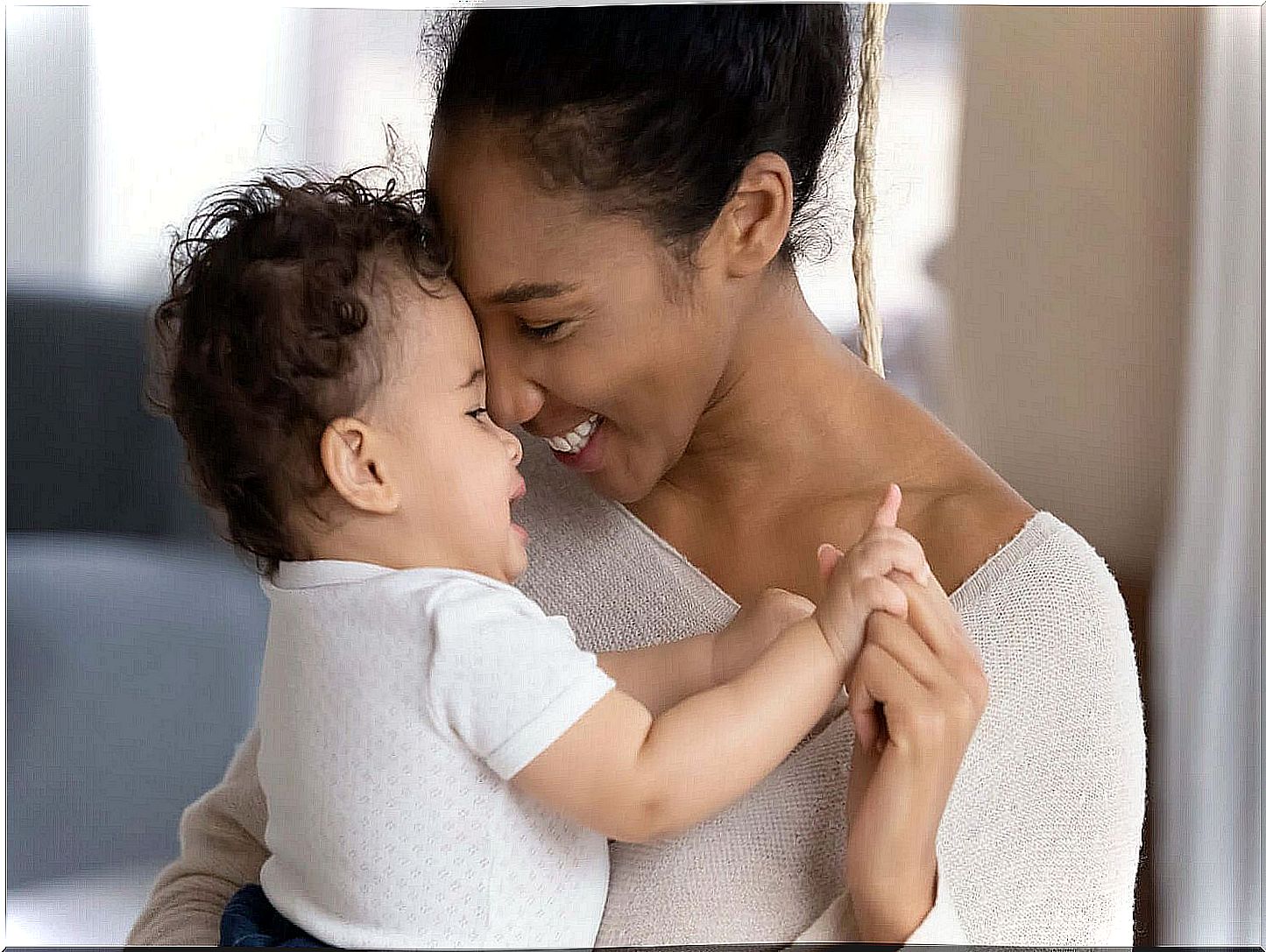
Visual stimulation involves emphasizing what we want our baby to see, feel and memorize. Colors, movements, shapes in their variety will participate in perceptual development and in their adaptation to the environment.
Babies are getting to know and, for this, they have activated associative mechanisms that allow them to connect objects, sensations or people to a concept. Care, food, protection, caresses, rest, comfort, satisfaction.
We must know that a fundamental neurophysiological mechanism in the visual development of babies is the existence of mirror neurons. These are essential in action, understanding and imitation. In fact, barely 7 hours after being born, babies are already interested in the mother’s face and will soon imitate the facial expressions of their caregivers.
For this reason, when babies stare at what someone is doing in front of their eyes, they experience that it is they who are taking action.
Another process that we cannot ignore is that in a year and a half babies will develop implicit memory. Through it, they record and store information in an unconscious way. They save the experience of the behavior, the emotion that their caregivers express or provoke at some playful moment or for something in particular.
What a thrill when babies stare into our eyes!
When our babies see us it is as if we were born again. In that miraculous moment there is an exchange of gazes loaded with intention and vital information that comes and goes. There is communication.
From that moment on, the caregiver discover which can show, point and, above all, name. Initiates the prodigious constitution of the self and the other, the neural essence of the personality.

